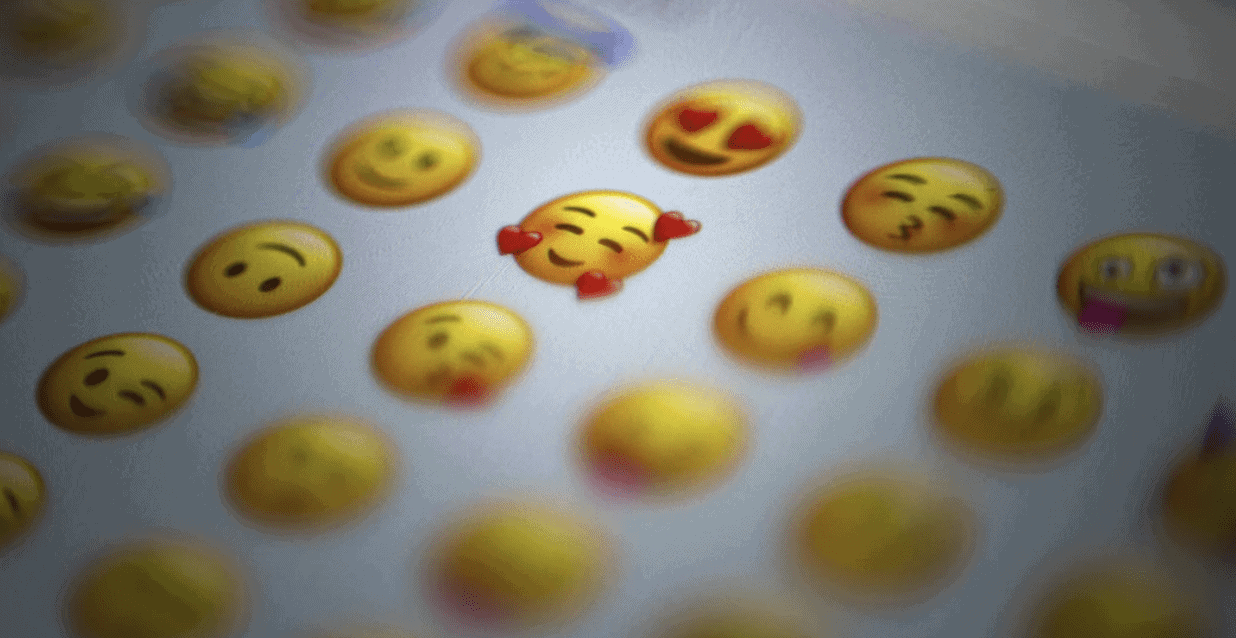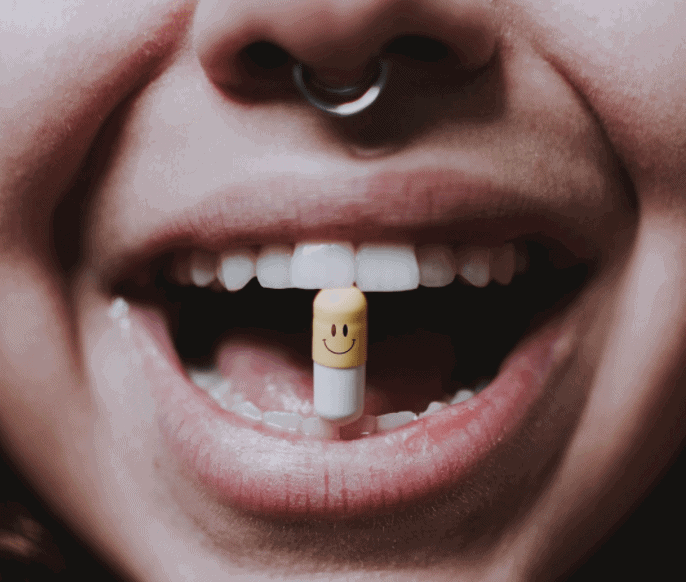Wondering what those smiley faces, symbols, and icons mean when your teen texts them? Those are emojis. An emoji is a small icon that represents an emotion 😀, object 👓, or activity 🏃. Teens are obsessed with emojis. They use them in their Instagram posts, Snapchat, and TikTok videos, or any place else they are chatting online. More concerningly, they also use emojis to talk about drugs in code. As parents, it’s important to stay informed, so this article aims to give you all the information you need on cracking the code.
More About Emojis
The use of emojis in teen-speak has created a new vocabulary and shown how our teens think about the world. It’s tempting to compare this language to using characters instead of words like millennials frequently do with acronyms and bots.
While emojis are often used to represent feelings (like joy and excitement), teens often use these icons instead of words to refer to certain illegal drugs. A new survey about the use of emojis to refer to drugs has revealed that teens today are using these happy symbols (rolling on the floor emoji, red heart emoji, smiling face with heart emoji, tears of joy emoji, heart eyes emoji) when discussing some illicit drugs.
According to the 2019 Productive Learning Survey, teens today say they use emojis to refer to drugs and other illegal substances. According to our survey, teens say they use emojis when referring to various illicit substances, such as:
- A smiley face 😀
- A blushing smiley face 😊
- A blue heart 💙
By using a unique combination of coding techniques, the authors are cracking the code of posts on Instagram (with 100 million posts) to determine how people use emojis to talk about drugs. They found some surprising insights, such as:
- Trending drug topics usually involve marijuana and alcohol 🍺
- Anger emojis 😠 are being used in connection with drugs more often than previously thought.
- Emojis that are associated with heartbreak 💔 are being used in association with ecstasy.
The findings reveal that teens use popular emojis to talk about drugs most often on top-rated social media apps like Snapchat, Twitter, and Instagram. They tend to use them more in response to drug paraphernalia.

Cracking the Code: The Most Used Emojis for Drugs
The most frequently used emojis for drugs are:
- Pill (Prescriptions, or Ecstacy): 💊
- Maple leaf (Marijuana): 🍁
- Cigarette (Marijuana / Tobacco): 🚬
- Light Bulb (Meth / Crack Pipe): 💡
- Needle (Anything Injectable, Mostly Heroin): 💉
- Drunk Face (Alcohol): 🥴
- Vomit: (Hangover: Multiple Drugs): 🤮
- Kiss / Dash (Anything Smokable, Mostly Marijuana): 😘
- Nose / Candy (Cocaine): 👃
They also reference drugs by their colors, for instance:
- Green (Marijuana): 🟢
- White (Cocaine): ⚪
Why do Teens Use Emojis to Talk about Drugs?
It may be that emojis offer a sense of privacy that using actual words does not. Teens use emojis as their drug slang because they’re expressive and relatable for all people. This makes it hard to decipher the secret language of emojis if you’re not an active participant in using them.
For example, the emoji with a face and tears could mean, “I’m crying over this breakup,” but it could also mean, “This weed was grown too close to my aunt’s house.” On the app where teens use emojis, each emoji has its own definition based on who is sending it or posting it.
What to do if you Find out Your Teen is Talking about Drugs?
Teens can be incredibly creative and mischievous. But when you learn of your teen’s drug activities, you inevitably feel shocked, shocked. Drug deals have been happening for decades, but modern cell phones and apps make their crafty practices easier than you would think possible.
We understand that talking to your teen about drug use can be one of the most difficult conversations you have as a parent. However, It can also allow you to help your child and impact their future.
There is a better way to talk to your teen about their drug problem. Instead of an overwhelming confrontation, or an awkward lecture with your teen sitting quietly in the other room, there are ways parents can have more productive conversations with their teens about drug and alcohol use. From our experiences with hundreds of families, we have found that the most helpful way for parents to talk to their kids about drugs is to make the conversation natural and meaningful periodically instead of waiting until something terrible happens.

Getting Help
Admitting to drug rehab can be a terrifying situation for anyone. It can be a confusing time in your child’s life, and if they are threatened with losing their family, friends, and possessions, they may find it easy to shut down. To handle this time easier on everyone involved, you should approach your child calmly.
Pacific Sands Recovery Center offers a complete recovery program that can help your teen break the chains of addiction. Call us at 949-426-7962, or check our admissions page to learn more about our treatment services.
Cracking the code of how your teens are talking about drugs is really only the first step towards how you can help, as a parent; your next steps are crucial, don’t be unprepared. Our drug and alcohol program for parents discusses the most effective way to address teen drug abuse. We focus on educating parents who are concerned about drug use among their children and grandchildren.
